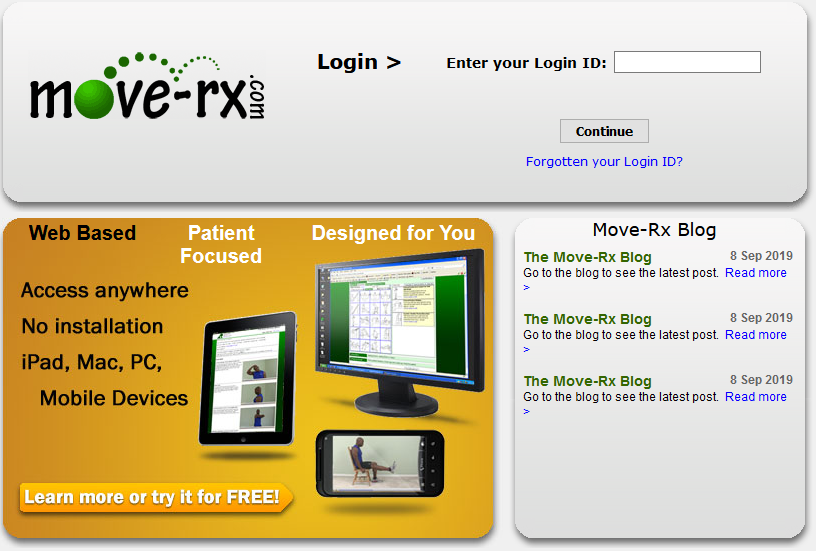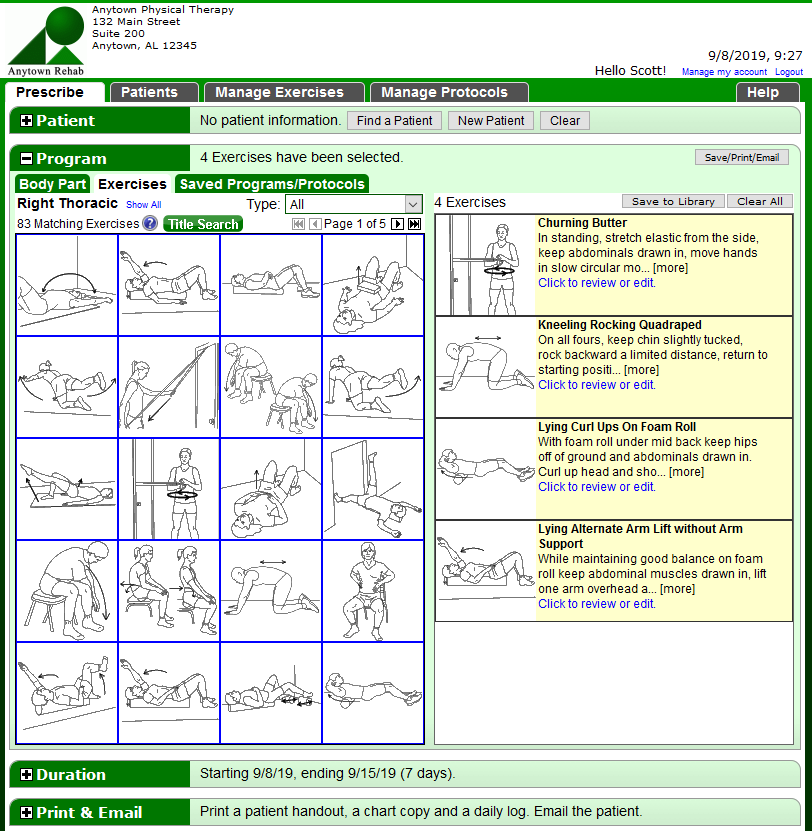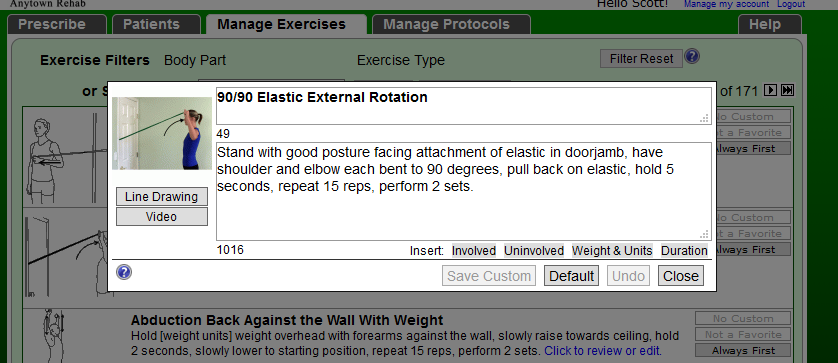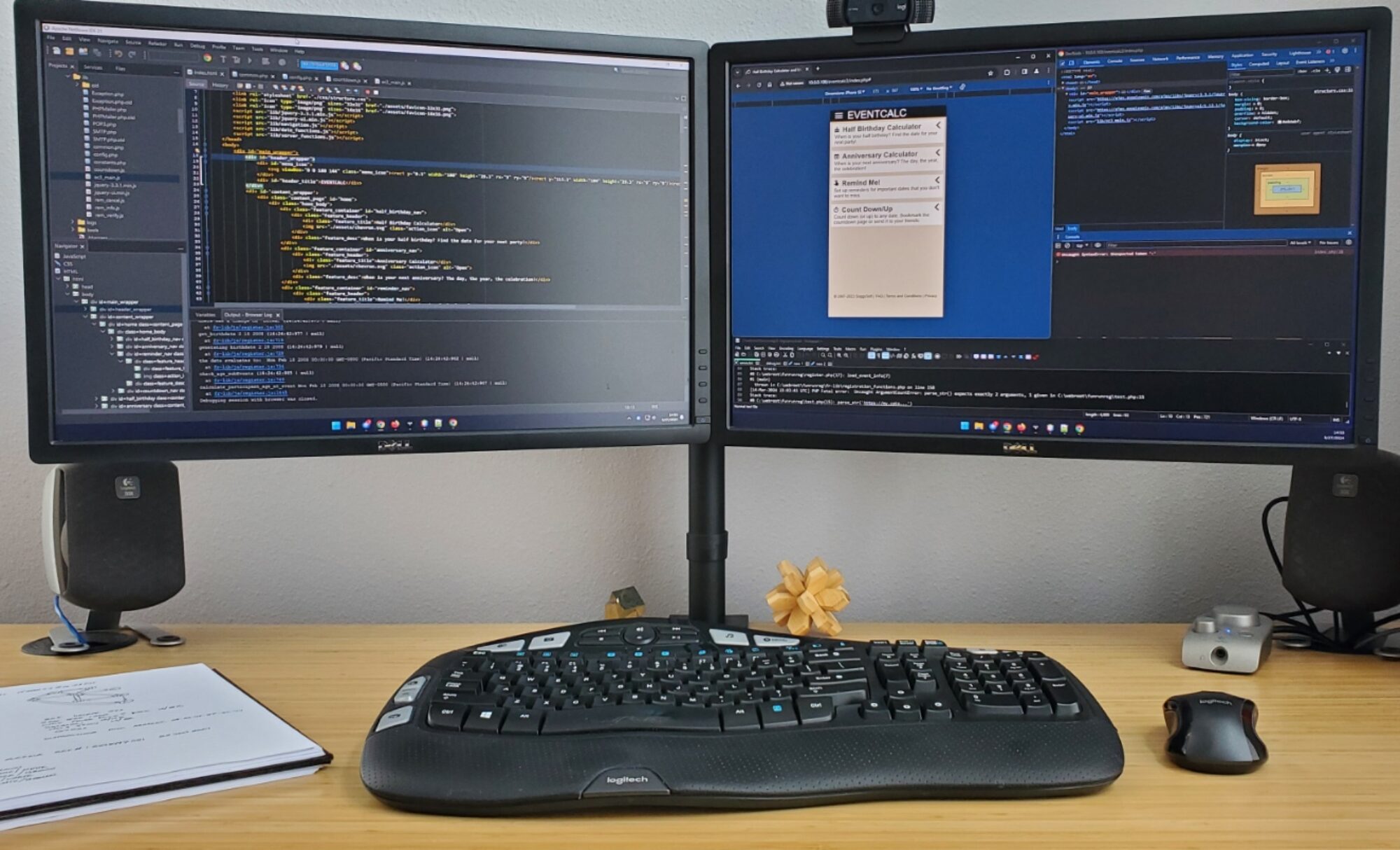
Move-Rx was an ambitious project designed to bring physical therapy home exercise programs into the 21st century. Traditionally, when a PT was giving a patient their home exercise program they would draw out stick figures with arrows and other indecipherable symbols on a scrap of paper which the patent would take home and either lose, misunderstand or ignore. PTs are not known for their artistic abilities and often the instructions were less than helpful. PTs do know, however, that patients who do their home exercises correctly are far more likely to have positive outcomes.
Move-Rx was going to change that by providing professionally drawn diagrams, photos and video of exercises being performed correctly. It would give PTs a way to prescribe, email and print exercise programs for patients and print chart copies for themselves. Patients would have a way to view their programs online, watch video of each exercise being done correctly, and print out their exercises along with log sheets.

There were a ton of other features that allowed PTs to create their own programs (for example, they could have a pre-built set for people with knee replacements), create their own descriptions for exercises, manage multiple clinics, review patient history, etc. It was way cool for PTs that used it.
Unfortunately, it was a little ahead of its time. PTs were generally not interested in using computers (they are people people). For example, something like 85+ percent of PTs at the time were still using paper scheduling for their practices.

We gave PT schools the ability to use Move-Rx in their training programs for free. There were a number of features built in to help instructors teach the importance of home exercise programs to their students. This turned out to be very popular with schools and students but didn’t have the intended follow-on effect of creating dedicated users after graduation.
The first prescription was created on 12 Feb 2010. In 2020 Move-Rx was taken offline because it was getting too difficult to keep up to date with the current versions of the platform software. It is still alive on a private server that thinks it is 2014. It isn’t available on the Internet so we don’t have to worry about new attacks on the old software. It is still used in a private practice and the users contend that it is still the best HEP system available.

It was a good run.
